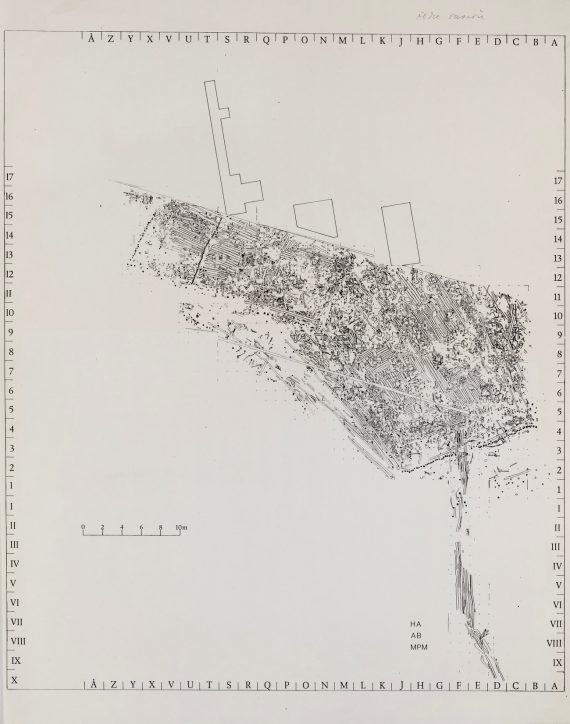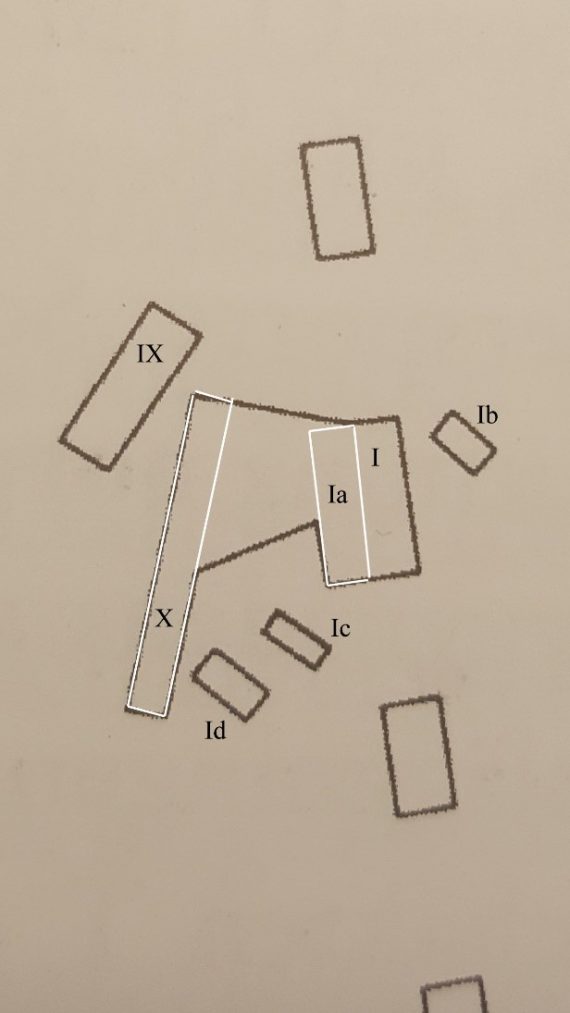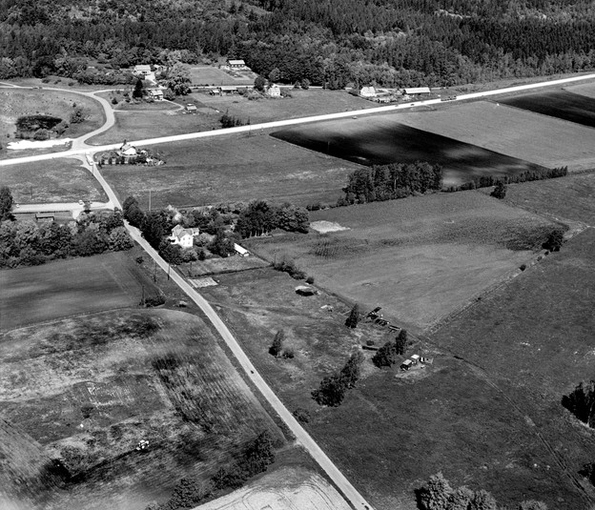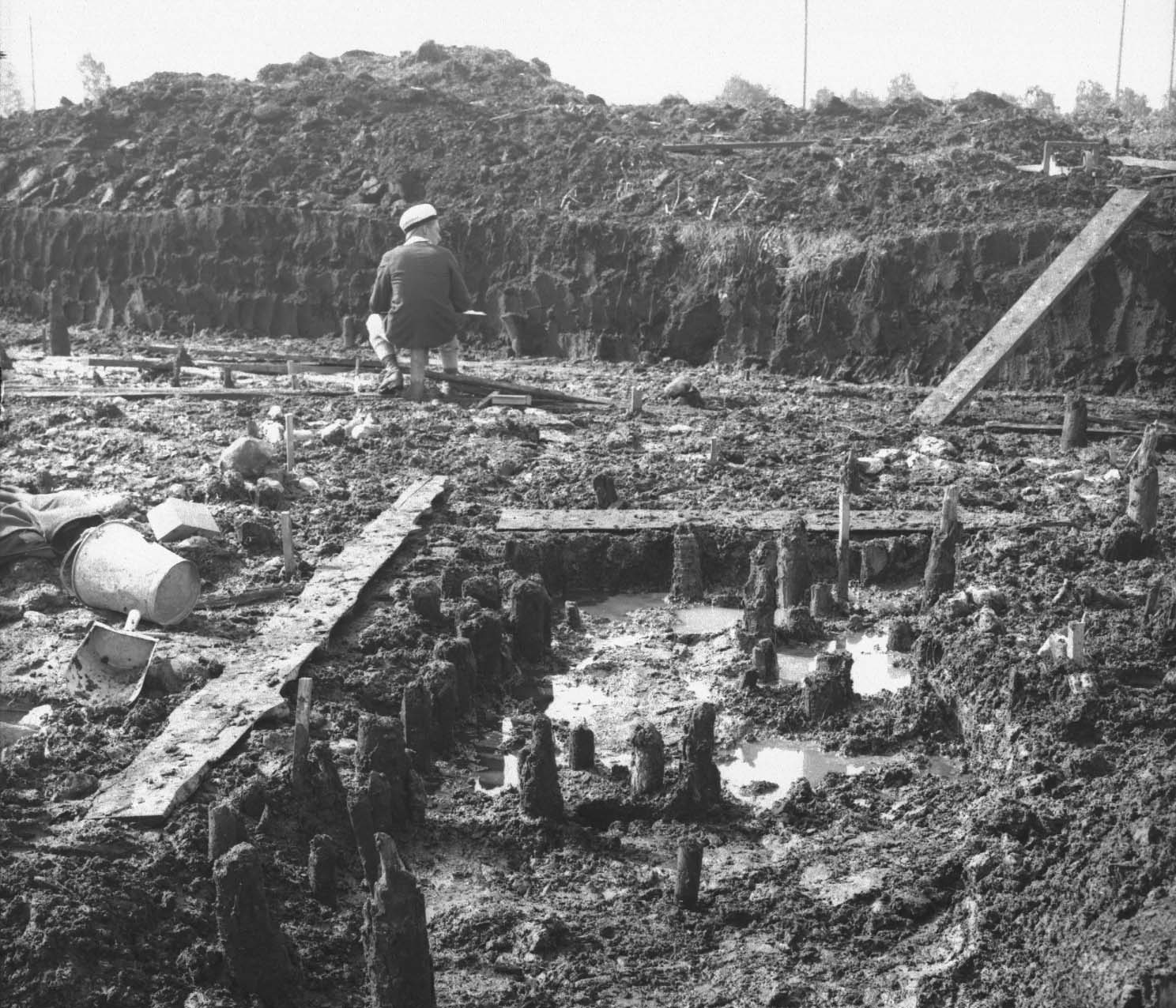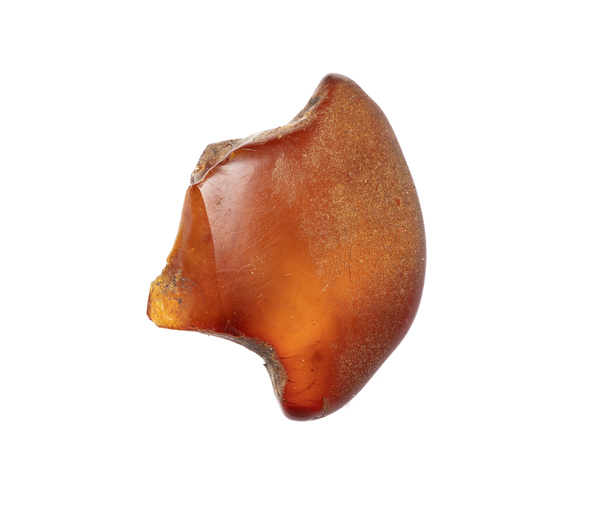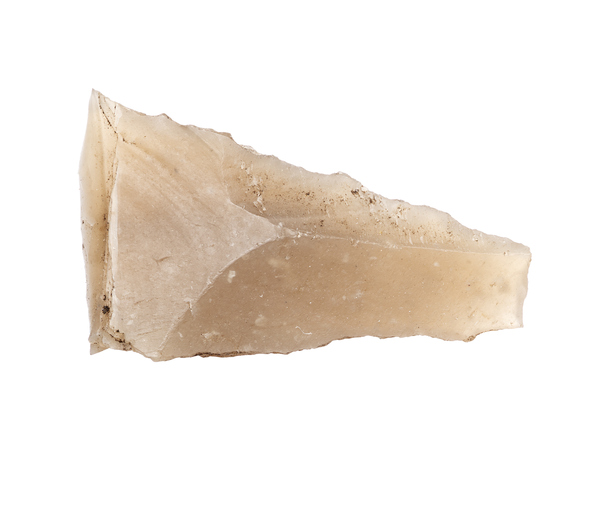Alvastra Pile Dwelling
Here is an introduction to the site.
Administrative information: Ancient monument 22:1, Västra Tollstad parish, province of Östergötland. The site has the following number in the new register of ancient monuments: L2009:2158. The Alvastra pile dwelling is situated at the foot of Omberg, a hill described geologically as a bedrock horst, reaching a height of 263 m a.s.l. This forest-covered hill can be seen in the background of fig. 6. The west side of the hill slopes steeply down to Lake Vättern, the second-largest inland lake of Sweden. The north-eastern edge of Omberg comes close to the western shore of Lake Tåkern and the south-eastern edge slopes down to the mires of Dagsmose and Broby where the pile dwelling was constructed. The Broby mire is a spring mire which means that in places limestone-rich groundwater bubbles up through the layers of peat (Browall 1986:14f).
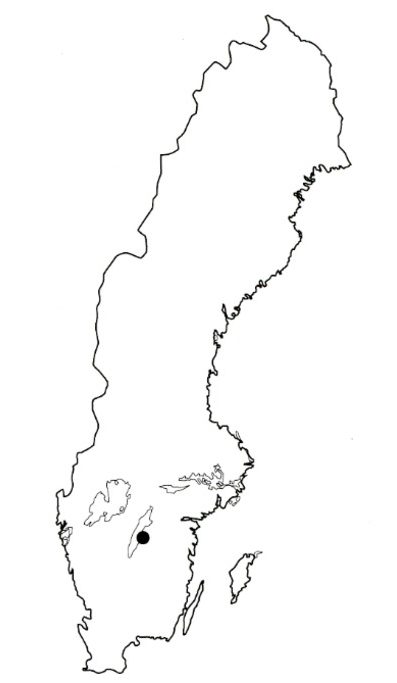
Fig. 1. The position of Alvastra on the eastern shore of Lake Vättern. After Janzon 2009:fig 1.
The Alvastra pile dwelling is a wooden platform in the middle of a mire connected to the mainland by a wooden causeway. It is the only pile dwelling in Sweden (https://historiska.se/alvastra/the-site/alvastra-in-scandinavia/). The platform is surrounded by a fence or palisade of oak poles or piles driven into the ground. It was built around 3000 B.C. in the Broby spring mire at Alvastra in the parish of Västra Tollstad and the province of Östergötland. The wooden platform was not an everyday dwelling, even though pile dwelling is its archaeological name. On the contrary, it was the scene of large-scale ritual activities, activities that are focused on the meeting of cultures.
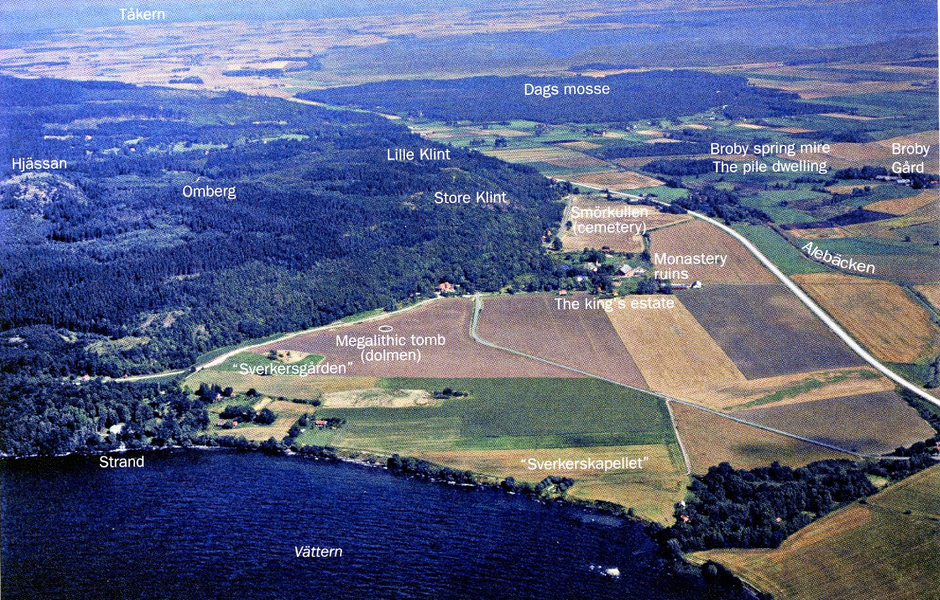
Fig. 2. The Alvastra area showing the Omberg Hill, Lake Vättern, Lake Tåkern, the spring mire of Broby in which the pile dwelling is situated. This figure also shows the position of the megalithic grave. From Janzon 2009, fig. 2

Fig. 3. The site in 2015. Line of the causeway reconstructed. Photo: Nathalie Hinders, ATA
The pile dwelling is for several reasons of great archaeological significance:
- At this place two archaeological cultures are represented – the Pitted Ware Culture and the Funnel Beaker Culture.
- The site is fixed in time. The more than 800 piles represent 42 years, a floating chronology, which has also been attached to calendar year by numerous radiocarbon dates.
- Because of the waterlogged conditions in this mire organic material has been preserved in unusually large amounts – tools of bone and antler, wooden objects apart from the piles in the platform and the platform itself, apples, carbonized grain, tinder mushrooms, large numbers of human and animal bones.
- The non-organic material excavated from the site consists of potsherds, flint tools and stone tools of various kinds. It is diverse and very rich, making many different kinds of archaeological research possible. Other research is also possible, for example, research into climatic change. Much ongoing genetic research is based on the human bones, but much remains to be done on the other kinds of material.
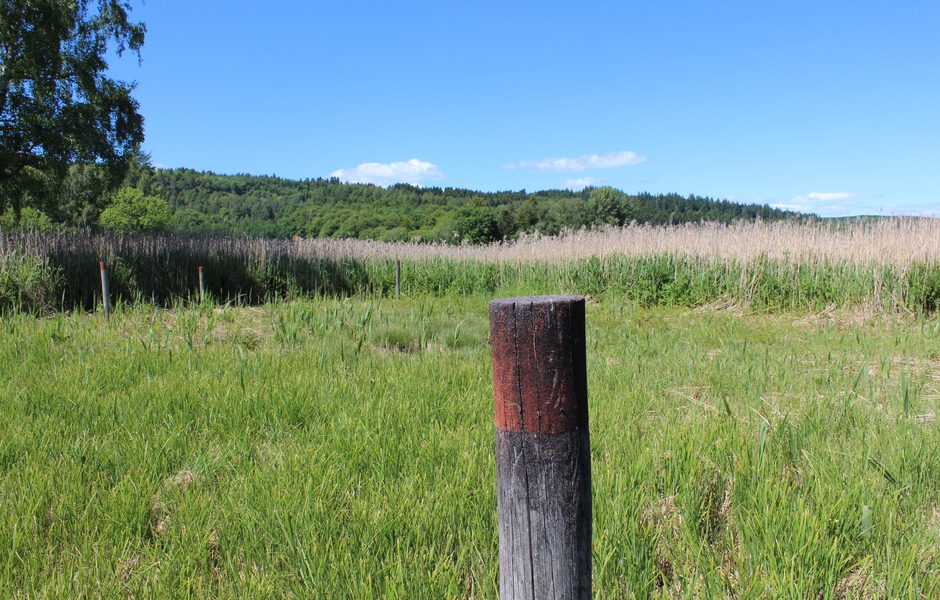
Fig. 4. The site in 2015. Reconstructed piles from the relative year 0 – 1 in the floating tree ring chronology in the positions they were documented during the excavation. Photo: Nathalie Hinders, ATA
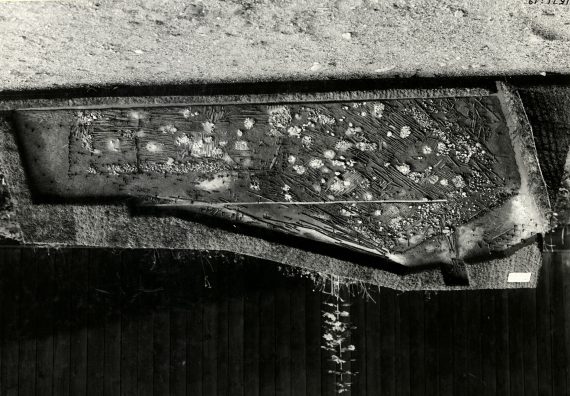
Fig. 5. A model, scale 1:20 of the excavated platform. Made by David Ljungdahl 1928-1930. Now on exhibition in Prehistories at the Swedish History Museum. Accession number SHM 31971. Photo: H. Faith-Ell, ATA
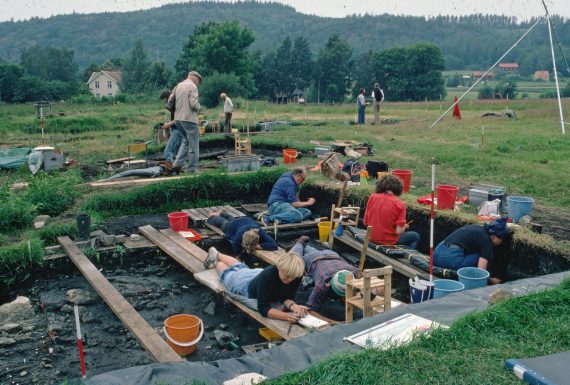
Fig. 6. Mats P. Malmer’s excavations in progress. The picture shows the trenches excavated during Mats P. Malmer’s excavation. Eastern trench in the foreground, the Western and Trial trenches furthest away from the photographer and the Middle trench in between. Photo: ATA.
The Alvastra pile dwelling was excavated the first time from 1909 until 1930 by Otto Frödin, the Museum of National Antiquities (now the Swedish History Museum, SHM) in Stockholm, Sweden. The very large assemblage from these excavations was already part of the collections at the Swedish History Museum when the current project was initiated. The results of this excavation were published in 2011 by Hans Browall of the Swedish History Museum. The second excavation was conducted between 1976 and 1980 by Mats P. Malmer, Stockholm University, Sweden. The results were for various reasons never published in their entirety but the documentation and finds from these excavations had long been stored at the Swedish History Museum. They have now been processed in a project financed by the Infrastructure for Research programme of the Swedish Foundation for Humanities and Social Sciences (Riksbankens jubileumsfond) The project, launched in 2015 and completed in 2019, was a joint venture between the Swedish History Museum and the Department of Archaeology and Classical Studies at Stockholm University. The aim of the project was to make the results of excavations of the site in general, and Mats P. Malmer’s excavations in particular, digitally accessible.
